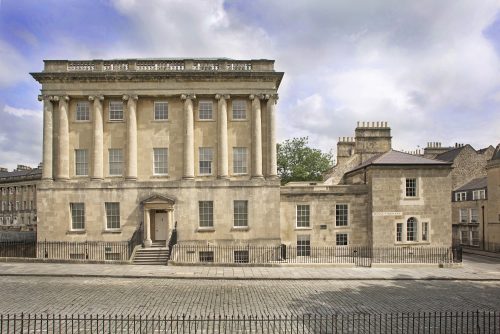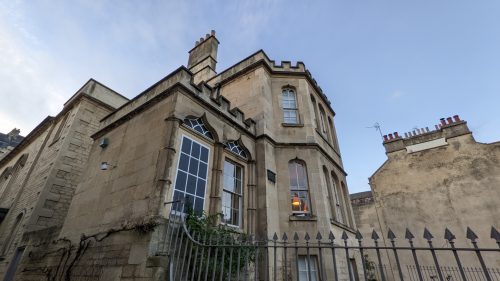Bath Preservation Trust (BPT) campaigns for and promotes the conservation, sustainable enhancement and celebration of the unique and historic City of Bath as a World Heritage Site.
BPT was founded in 1934 to conserve the city’s unique architectural heritage and challenge unsustainable development and today has more than 1,000 members. Through advocacy and campaigning, we have saved hundreds of listed buildings from demolition, enhanced the public realm, and added value and improvement to new developments.
Bath is many things to many people but we want it to be a place for everyone which can positively adapt to Climate Change and continue to evolve through sustainable and holistic design-led development, to complement and add value to its global reputation as a living heritage city. Encircled by beautiful countryside, bisected by the River Avon and with an abundance of trees, open spaces and parklands, Bath also has striking architecture, a vibrant economy and engaged communities. It has immense potential to be a net zero carbon, liveable, green city. You can view our “Vision for 2030” here.
We believe Bath deserves excellence in design and contemporary sustainable development which is inclusive of all people, and improves social and economic opportunities without compromising our unparalleled built heritage and natural environment. BPT works independently and in partnership with a broad range of other statutory and non-statutory partners to:
- Deliver our commitment to sustainable development for Bath and demonstrate the value of heritage in a changing world
- Advocate and campaign for the total public realm, a healthy environment and a thriving living city
- Champion forward-thinking and appropriate sustainable architecture and design worthy of the World Heritage City of Bath
- Provide opportunities for learning for people of all ages in all areas of our work, supporting personal wellbeing and social inclusion
Fundamentally, we are an organisation which seeks positive and constructive solutions to the present and future threats faced by Bath, its rural environs and the people, communities and businesses it supports. Working with expert volunteers, BPT comments on more than 200 planning applications each year and engages with B&NES Council and developers aiming to influence positive change. Informed advice is provided to homeowners about planning applications for historic houses and listed buildings.
BPT is also a major enabler of the tourist economy, providing museums and educational activities at No. 1 Royal Crescent, the Museum of Bath Architecture, Beckford’s Tower and Landscape and the Herschel Museum of Astronomy.
How are we funded?
The Bath Preservation Trust is an independent charity, registered with the Charity Commission of England & Wales, and is a company limited by guarantee. It has a voluntary Chairman and board of Trustees. With prudent management, BPT is financially self-sufficient and independent of any controlling agency; a unique position for a heritage organization to hold within the UK. Donations are always welcome.



